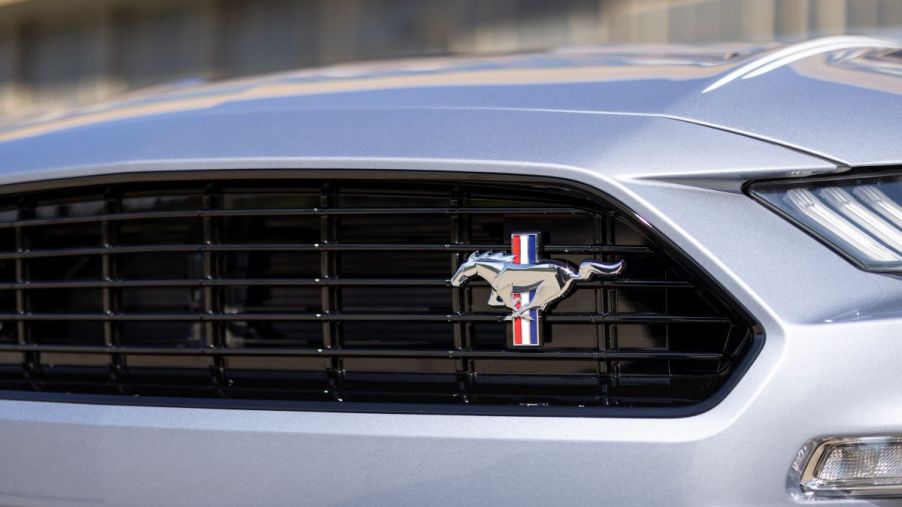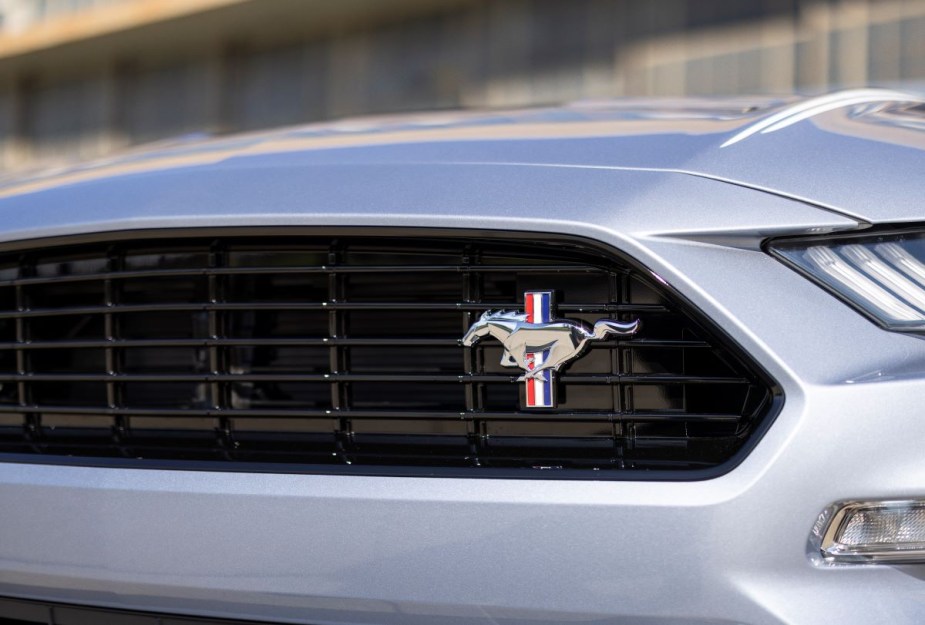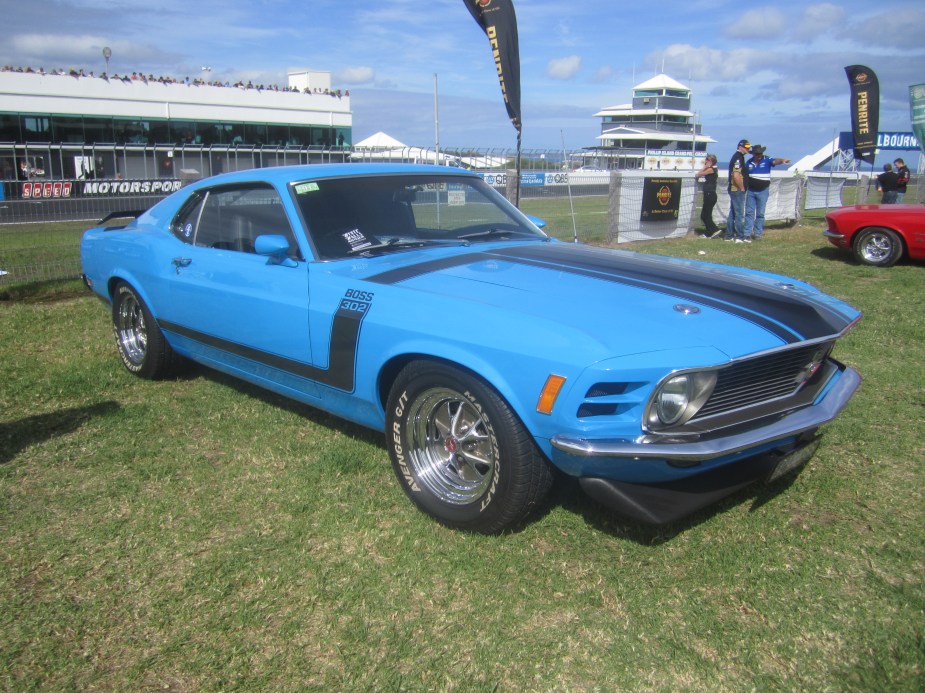
Is the Ford Mustang Actually Made In America?
What constitutes an American car these days? Is it the cars made by Ford, GM, and Stellantis? Or do the Toyotas made in Kentucky, Hondas made in Ohio, and Kias in Georgia qualify?
In most cases, it doesn’t really matter where a car is manufactured. But when the car is an icon, people care. Corvette owners proudly tell you their cars are built in Bowling Green, Kentucky. Ferrari aficionados consider Maranello, Italy the holy land where every prancing horse is born. As for the Ford Mustang, it’s been built in several places. But where is the Ford Mustang made today?
After almost 60 years, the original pony car has a long and interesting history including enthusiast-favorite models like the Shelby GT500. We’ll lay out some of the facts of Ford Mustang history, such as where the modern Mustang is manufactured and who invented it in this article.
Where are Ford Mustangs manufactured?
According to Ford, the Mustang is currently made in America, manufactured at the Flat Rock Assembly Plant in Flat Rock, Michigan, just 20 miles from Ford’s Dearborn headquarters. The brand built previous generations of the Ford Mustang in assembly plants around the country including Dearborn, Michigan, San Jose, California, and New Jersey. Ford built the Mustang in other countries as well over the years, including plants in Mexico and Venezuela.
Ford Mustang history: who invented the Mustang?

Lee Iacocca was vice president and general manager of Ford in the early 1960s and is credited with the idea for the Ford Mustang. According to CNN, he started working for Ford Motor Company back in 1946. Recognizing the market for a small, sporty car, he championed the development of a new model with 2+2 seating, bucket seats, and a floor-mounted shifter. He also insisted it weighed no more than 2,500 pounds and cost less than $2,500.
While Iacocca gets a lot of the credit for the Mustang, it was a team effort. Chief engineer Donald N. Frey led the development, launching the car in just 18 months. Ford’s in-house design studio led by David Ash and Joe Oros developed the styling. John Najjar is credited for suggesting naming the car the Mustang, after the WWII fighter plane and the wild horse. Ford also considered calling the new car the Cougar, Torino, or T-Bird II and decided to present the names to various focus groups. The Mustang won by a wide margin.
Ford Mustang history: why did Ford make Mustangs?

Blame the Baby Boomers for the creation of the Mustang. The post-World War II generation was coming of age in the 1960s and buying sports cars like MGs and Triumphs. Iacocca saw an opportunity to bridge the gap between these sports cars favored by boomers and larger cars like the Ford Fairlane and Galaxy owned by their parents.
While the idea of the Ford Mustang seemed like a good one, it was the Ford Falcon that made it a reality. To keep costs down, Ford needed an existing compact platform with proven six and eight-cylinder drivetrains and the Falcon proved ideal. Not only did it support Ford’s inline-six and small eight-cylinder engines but it was available as a coupe and convertible. In addition, it boasted a racing pedigree with class wins on the European rally circuit.
The Ford Mustang remains an iconic sports car
Ford originally expected to sell around 100,000 Mustangs annually, a figure it surpassed in the first three months after launch. It became a cultural icon, appealing to a wide variety of people, appearing in movies like James Bond’s “Goldfinger” and Steve McQueen’s “Bullitt.” Other car companies rushed to develop Mustang competitors including the Chevrolet Camaro, Pontiac Firebird, Plymouth Barracuda, and AMC Javelin. Plus, it’s competed in just about racing series including Trans Am, SCCA, endurance racing, and NASCAR.
Today, with over ten million sold, the Mustang remains an icon, retaining the spirit of the original car. It’s a 2+2 coupe that bridges the gap between true sports cars and larger vehicles. This reasonably inexpensive car offers the potential for blistering performance, the iconic wild horse shows no sign of slowing down.



